Bengaline is a stretch fabric that is usually made from natural fibers and is lightweight. It contains cotton and a small amount of elastane, which is why the material has low thermal conductivity. This material is used to sew outerwear for the spring-summer season. It makes excellent dresses, skirts, blouses, tops, shorts, and trousers. This fabric can also be used to decorate items with frills and collars, adding sophistication to them.
The main difference of the material is its ability to maintain shape, due to which it allows sewing clothes that use a complex cut, relief, or the outfit should fit the figure. This article tells what bengaline is and how to care for it.

Story
In India, the production of this material, imitating silk, developed even before information about it reached Europe. The material was first produced in Bengal, a historical region of India, where the name itself comes from. Only at the end of the nineteenth century was this material brought to Europe, after which it immediately conquered the fashion world.
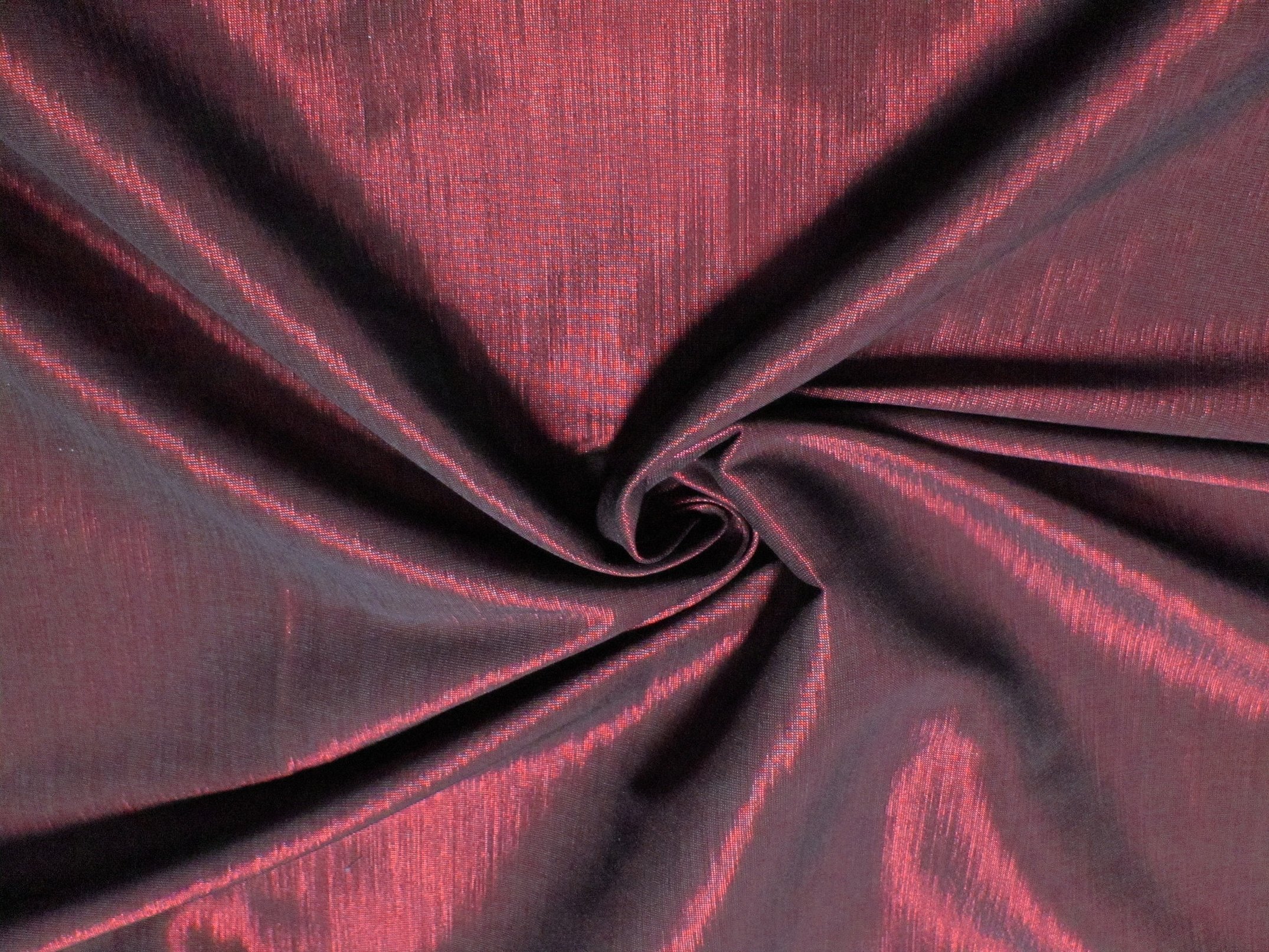
Density, wear resistance, availability and excellent aesthetic characteristics - all this made the material popular. Over time, the composition began to change to reduce the cost, but the similarities with that magnificent product have remained to this day. Below is what kind of material bengaline is.
Production
The fabric is made using single twist threads that are intertwined perpendicularly.
Please note! This weaving creates a characteristic ribbed pattern on the material. The width of this pattern can vary depending on what threads were used in the warp and weft.
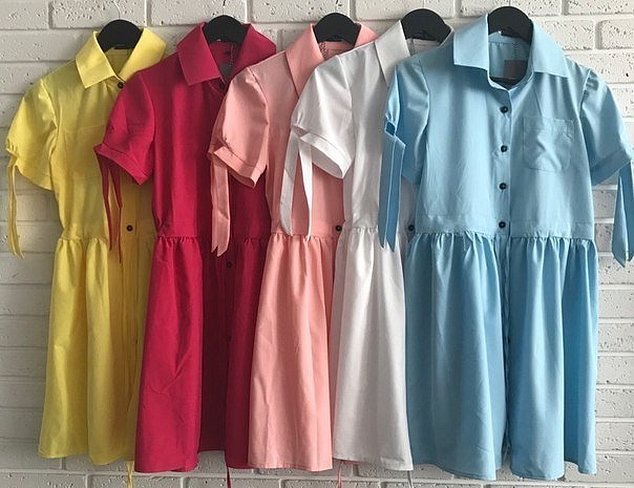
By combining and changing the sequence of fibers, it is possible to create lightweight materials with high density, which can be used in the manufacture of outerwear. But, despite the possible thinness, this fabric still remains very strong, which is explained by the peculiarities of its weaving. The material can be dyed in different colors and complemented with various patterns and printed designs. Refers to European luxury fabrics.
Composition and properties, description of the material
The composition of the material from natural fibers often includes wool, cotton and silk. This fabric can also be made from synthetic materials, such as viscose and nylon. Often in the composition you can see a combination of natural and synthetic fibers. Now the composition of bengaline most often includes a combination of cotton and elastane in a ratio of 98 to 2, but this can vary. Below is a full description of the fabric bengaline.
Does it stretch or not?
Bengaline is a stretch fabric, so it will stretch well and hold its shape.
Euro Bengaline
This type of material may contain synthetic components, such as viscose and nylon. It is not inferior in practicality and appearance, if compared to natural ones. This type is used not only for sewing clothes, but also for the production of home textiles or decorative items.
Jeans bengaline
This textured material is characterized by a diagonal twill weave: the rib is visible from the front and back sides, and the fabric is not see-through.
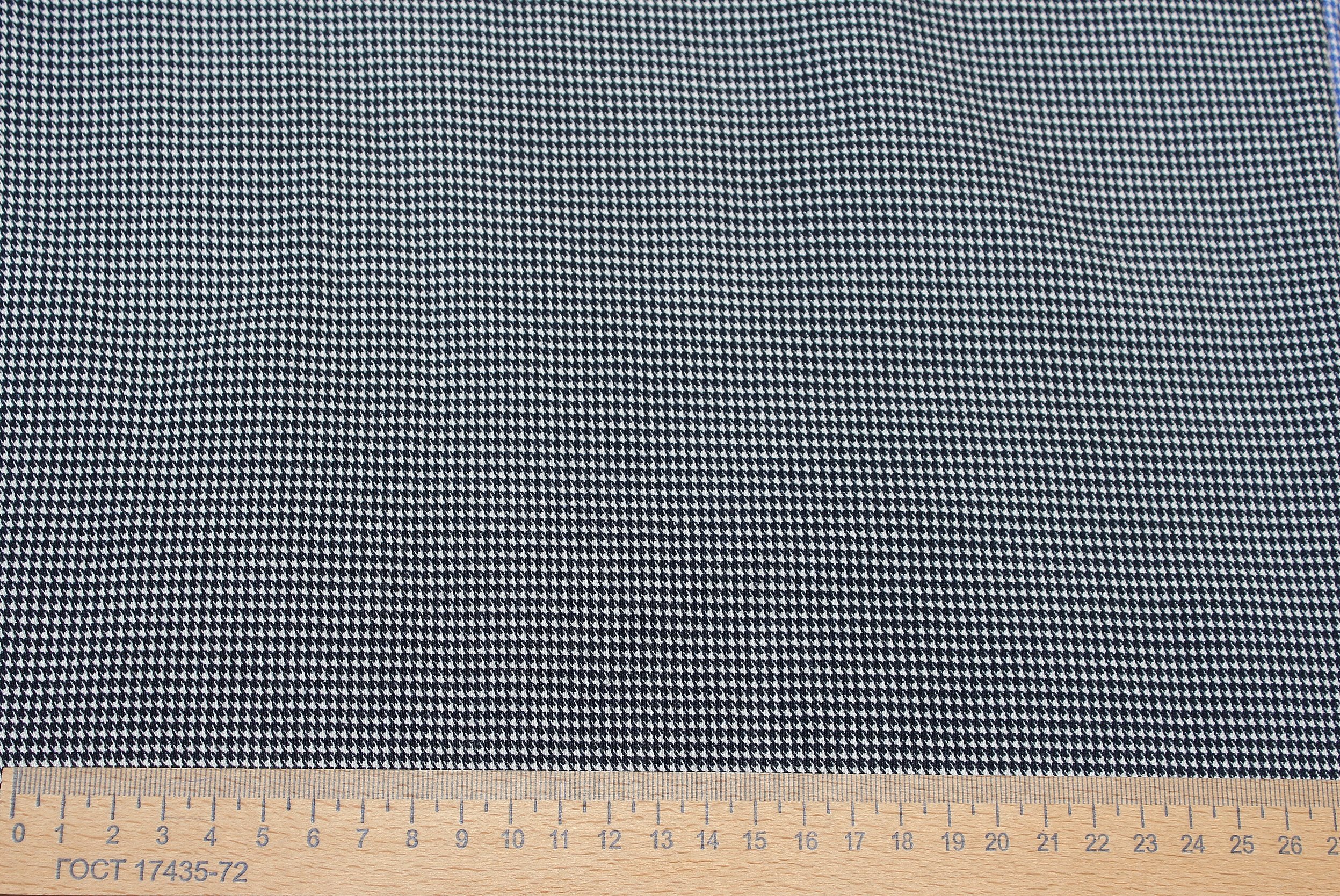
The fabric does not shine, but looks like cotton.
Bengaline stretch what kind of fabric
Bengaline is a stretch fabric that is very similar in appearance to silk. It is quite thin and pleasant to the body. It is mainly used to make summer items, such as skirts or sundresses.
Where is it used?
The texture of the fabric and its unique properties make this material ideal for sewing complex cut clothes.
What products do I sew?
It is mainly used in sewing outerwear, as this material is distinguished by its durability. Due to this property, it can also be used in the manufacture of children's clothing and for decoration with collars or sleeves.

Use of bengaline
Dresses complemented by exquisite drapery are made from this fabric, as its density allows for the production of products with complex cuts.
It can also be used to sew various home textiles - curtains, tablecloths, etc.
Care
Although this is a fairly durable fabric, it can snag and shrink. Therefore, to prevent these problems, you should familiarize yourself with the care instructions in advance:
- The material should be washed at the lowest temperatures (up to 30 degrees) and at the minimum number of revolutions. By following this rule, the clothes will not shrink in size;
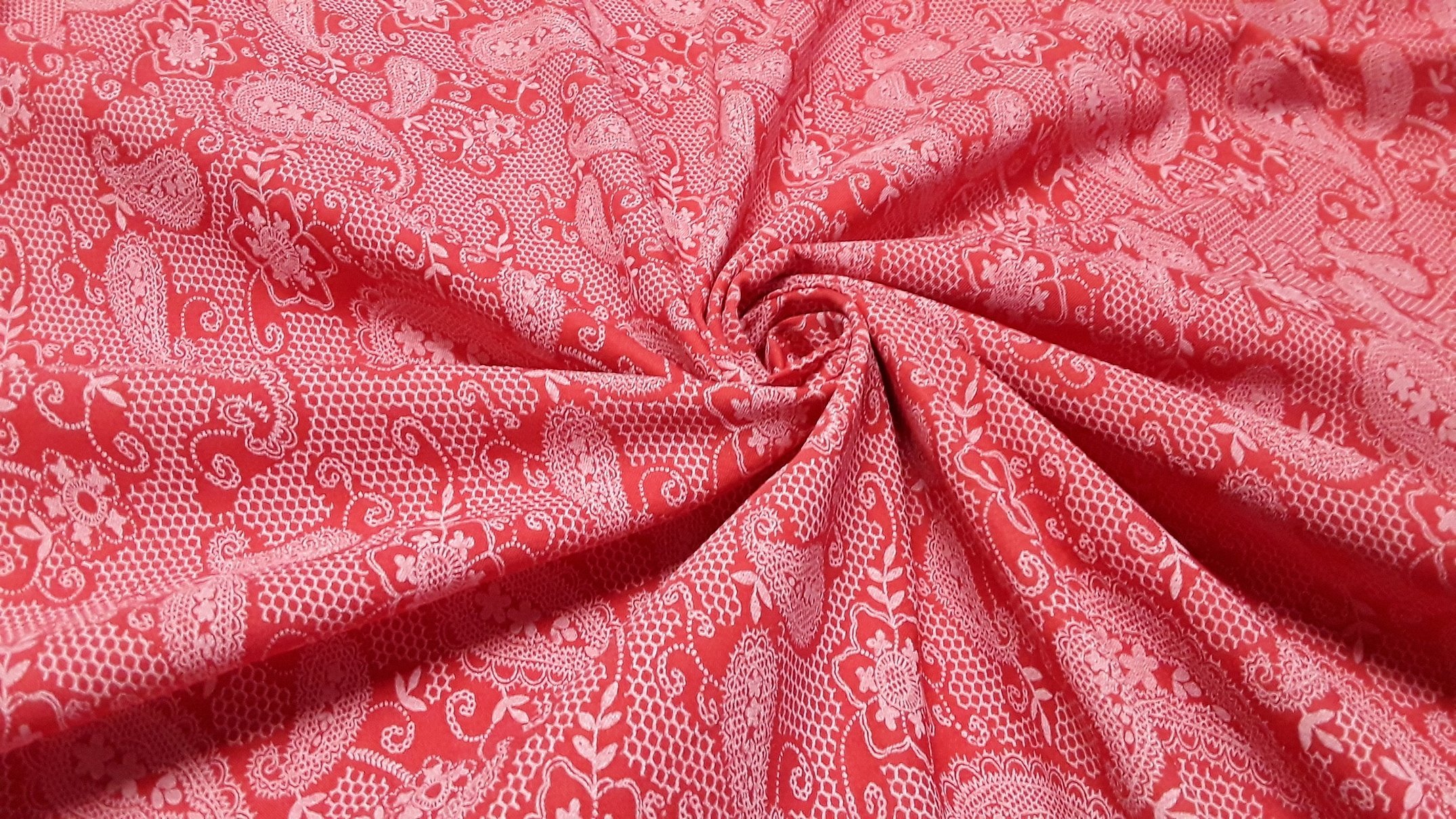
- Some types should be hand washed, while others are not recommended to be washed at all, as they can only be dry washed. It is worth familiarizing yourself with these features in advance on the product label;
- Iron the clothes from the reverse side in the "silk" mode. If possible, it is best to use a steamer;
- to ensure long-term colour retention, dry clothes inside out if they are being dried on a balcony and exposed to sunlight;
- It is advisable to store clothes on hangers so that they do not wrinkle.
Advantages and disadvantages
This weightless matter has excellent characteristics and properties:
- good air permeability. Bengaline allows air to pass through well, due to which it is pleasant to the body and does not feel hot;
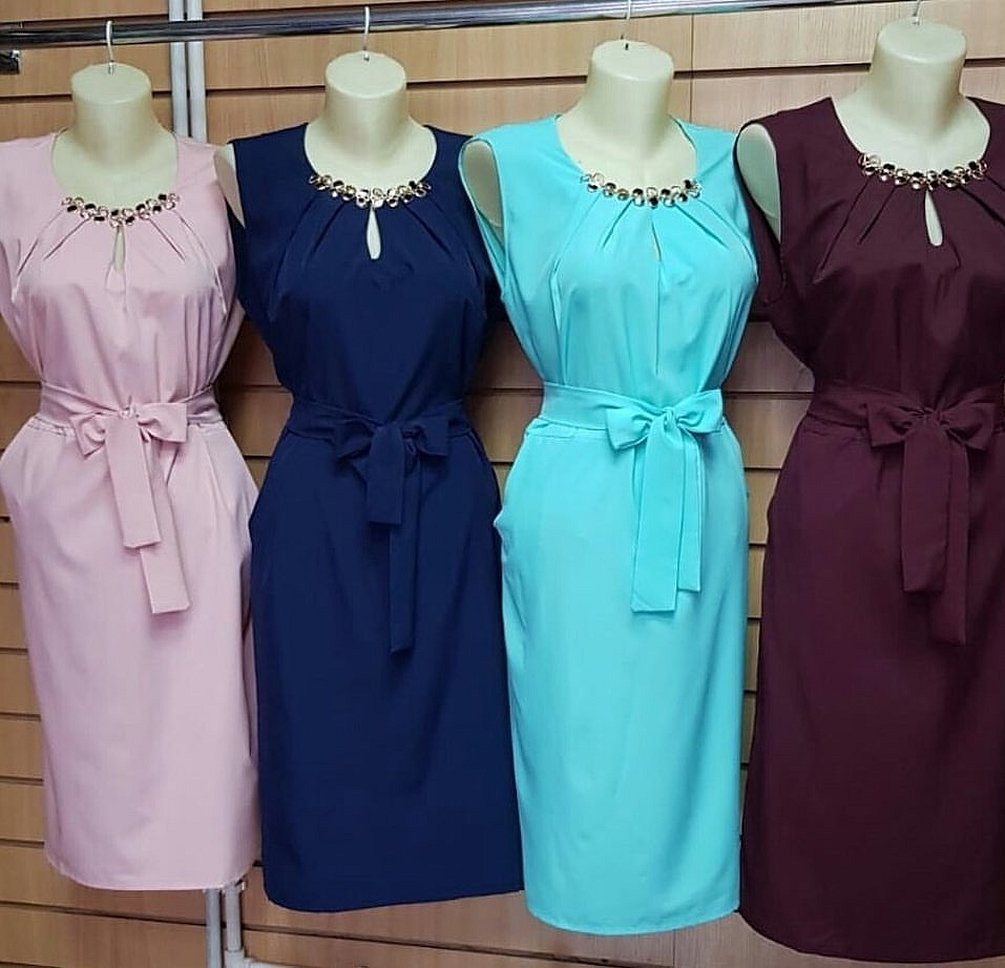
- wear resistance. This material is durable and practical;
- low thermal conductivity. Due to this feature, wearing products in summer gives a slight coolness, and in winter - warms;
- The texture allows the product to retain its shape and be beautifully draped.
All clothes made from bengaline fit perfectly. Therefore, it can be used for sewing various skirts and dresses.
Please note! The ability to retain shape is maintained even after repeated washing, which means the material can be used for sewing complex cut items.
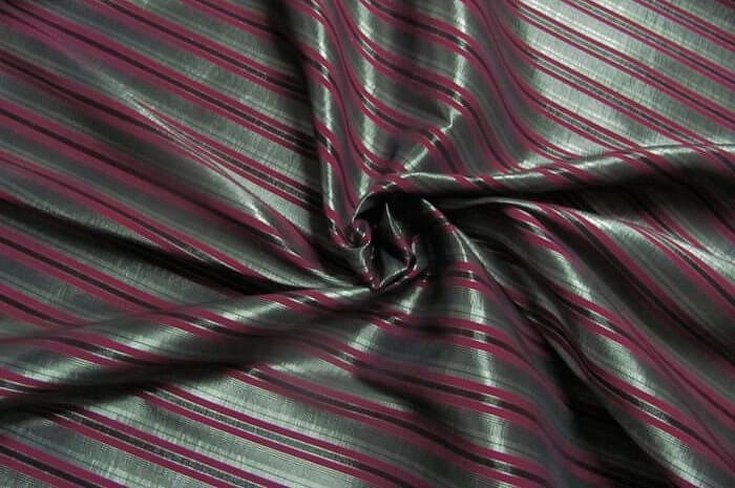
Reviews
Housewife Anastasia says: «When I first saw the bengaline material, I was struck by its rather high cost and the fact that it was incredibly pleasant to the touch. I decided to sew a skirt for myself from this fabric. I liked working with the material, and the result turned out just as I wanted. I wear the skirt to work and for walks».
Beginning seamstress Yana says: «After my first attempt to work with bengaline, I realized that it is in no way inferior to silk in quality. Things made from this material still delight me. But it is necessary to properly care for the fabric, which is quite difficult».
Andrey, an active recreation enthusiast, shares his impressions: “In the winter of 2018, I bought myself a tracksuit made of this material. I went to the mountains and to forest areas, went hiking. The clothes withstood sub-zero temperatures perfectly, and I did not feel hot in the suit. The air circulates well, and the material is very elastic. There were no special problems when washing, I threw the suit into a special mesh bag. I dried it in an upright position, although this is not recommended. But nothing happened to the thing.”
In conclusion, it should be noted that this material has many advantages. But it requires careful care, proper ironing, otherwise there is a risk of ruining the product after the first wash.




